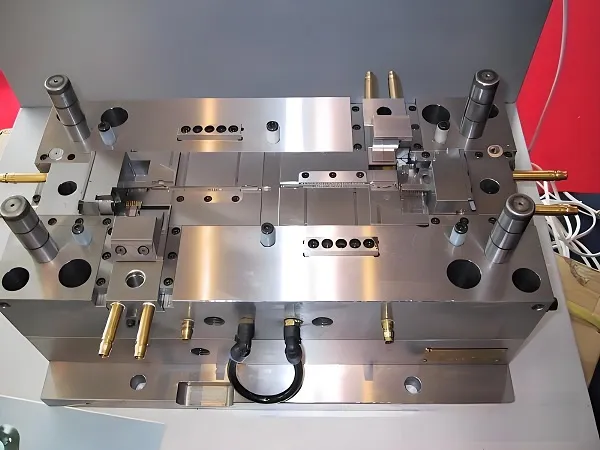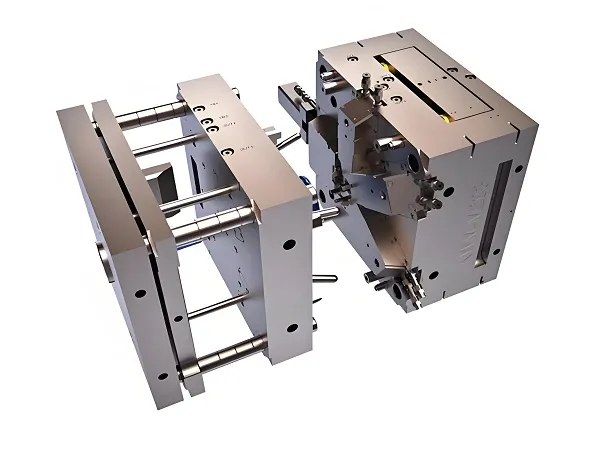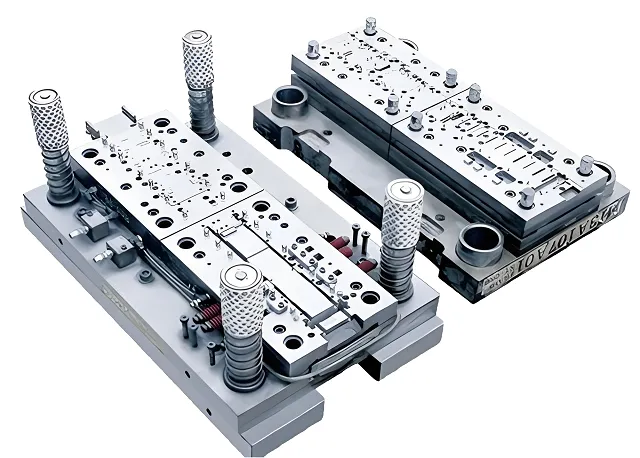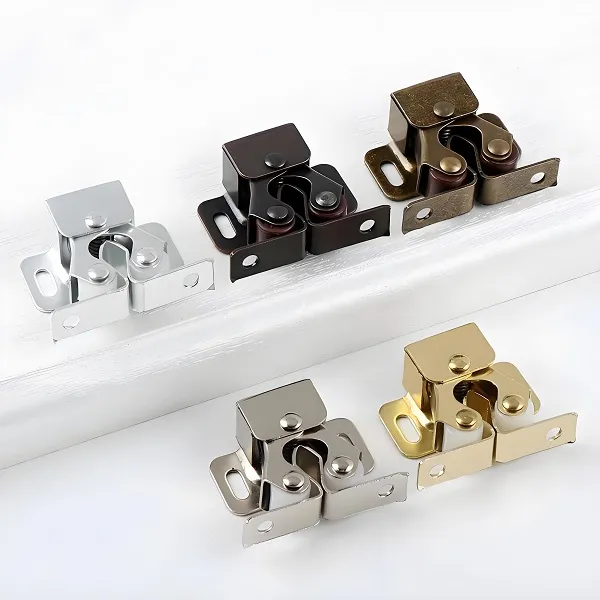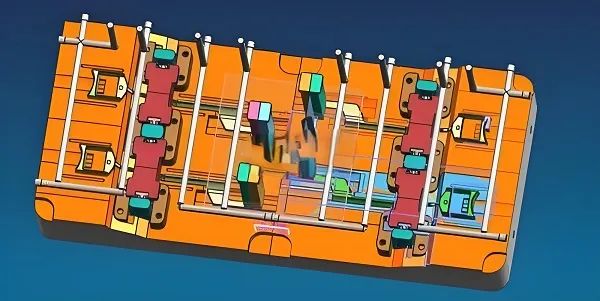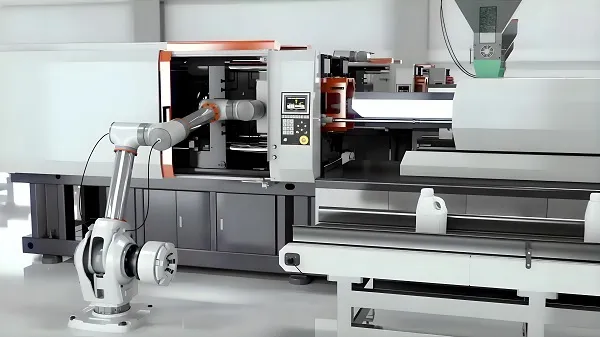CNC Latex Mold is a high precision mold that combines Computer Numerical Control (CNC) technology with the characteristics of latex material. It utilizes the precise machining capability of CNC machine tools to sculpt and shape the latex material finely to produce molds that meet the requirements of complex designs.CNC latex molds have a wide range of applications in the fields of sculpture, handicrafts, toys, medical and industrial manufacturing, etc. They are favored because of their high elasticity, durability and good adaptability.
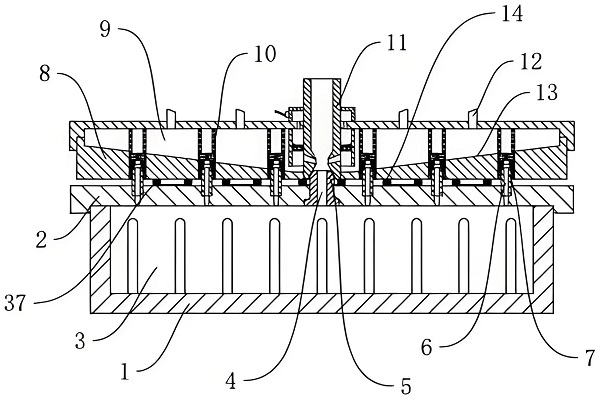
1.CNC latex mold production process
Design stage: According to customer’s demand, use CAD software to carry out 3D design of the mold to ensure the design is accurate.
Prototype Preparation: Based on the design drawings, make or get the prototype model to provide reference for the mold production.
Material Preparation: Select suitable latex materials and mix and blend them according to the formula.
CNC Programming: Import the CAD design data into the CNC machine tool and make programming settings to ensure the machining path and parameters are accurate.
Processing and manufacturing: Start the CNC machine to accurately process the latex material according to the preset program to form the shape of the mold.
Post-processing: Hardening, grinding, and trimming of the finished mold to ensure the quality of the mold.
Inspection and testing: Comprehensive inspection of the mold, including size, shape, durability, etc., to ensure compliance with customer requirements.
2.CNC latex mold processing steps
Raw material mixing: Mix latex, vulcanizing agent, filler and other raw materials according to the formula.
Coating prototype: Coat the mixed latex liquid evenly on the surface of the prototype, pay attention to avoid air bubbles and dripping.
CNC machining: The latex-coated prototype is placed on a CNC machine for precise machining according to the design data.
Hardening: After machining, the latex mold is hardened to improve its strength and durability.
Separation of the prototype: The hardened latex mold is separated from the prototype to form a separate mold.
Fine finishing: Post-processing work such as sanding and finishing is performed on the mold to ensure a smooth and flawless surface.
3.Customized CNC latex mold service
Demand Consultation: Provide professional consulting service to understand customer specific demand and project background.
Design customization: according to customer needs, provide personalized design services to ensure that the mold meets specific requirements.
Material Selection: Recommend suitable latex materials according to the mold usage and customer needs.
Processing and Manufacturing: Adopt advanced CNC processing technology to ensure the precision and quality of mold processing.
Quality Inspection: Conduct comprehensive quality inspection of the molds to ensure compliance with customer requirements and industry standards.
After-sales service: Provide perfect after-sales service, including mold maintenance, maintenance and technical support.
4.Manufacturing latex mold materials
| Material | Durability | Elasticity | Heat Resistance | Cost | Environmental Impact |
| Natural Latex | High | Excellent | Moderate | Moderate | Low |
| Synthetic Latex | High | Good | Good | Low | Moderate |
| Silicone | Very High | Very Good | Excellent | High | Low |
5.Latex mold processing materials
| Material | Flexibility | Durability | Adhesion | Cost |
| Pure Latex | Excellent | High | Good | Moderate |
| Latex with Fillers | Good | High | Fair | Low |
| Reinforced Latex | Very Good | Very High | Excellent | High |
6.CNC latex mold processing technology
Precision programming: according to the mold design, accurately write the processing program of CNC machine tool.
Fine engraving: Utilizing the fine engraving ability of CNC machine tools, the latex material is processed with high precision.
Multi-layer processing: For complex molds, multi-layer processing technology is used to carve layer by layer to ensure accuracy and detail.
Heat treatment: Heat treatment is applied to the finished molds to improve their hardness and durability.
Surface treatment: Sanding and polishing the surface of the mold to improve the aesthetics and durability.
7.CNC latex mold production equipment
CNC machine: High precision CNC machine with multi-axis linkage capability, suitable for complex shape processing.
Mixing equipment: used for mixing and blending latex materials to ensure uniformity.
Hardening equipment: such as ovens or vulcanizing machines, used for the hardening of latex molds.
Inspection equipment: such as coordinate measuring machine, projector, etc., for the size and shape inspection of the mold.
Auxiliary equipment: such as vacuum cleaner, washing machine, etc., for cleaning and maintenance during the production process.
Customized CNC latex mold service FAQ
Q: How long is the processing cycle of CNC latex mold?
A: The lead time depends on the complexity of the mold, material selection and production scheduling, usually ranging from a few days to a few weeks.
Q: How do you ensure the accuracy and quality of the latex molds?
A: We use advanced CNC machining technology and strict quality control processes to ensure that the precision and quality of our molds meet customer requirements and industry standards.
Q: How durable are the latex molds?
A: The durability of latex molds depends on material selection and processing quality. Through reasonable material formulation and fine processing, latex molds with long service life can be produced.
Q: Do you provide mold design service?
A: Yes, we provide professional mold design service, customize the design according to customer’s needs and make sure the mold meets the specific requirements.
Q: What are the applications of latex molds?
A: Latex molds are widely used in sculpture, crafts, toys, medical and industrial manufacturing, etc. They are favored for their high elasticity, durability and good adaptability.

